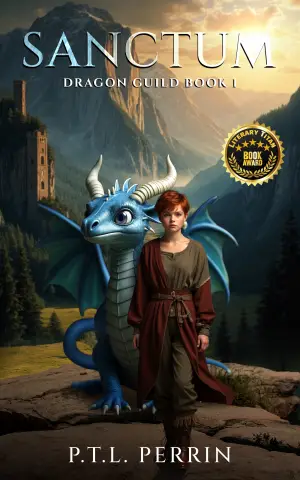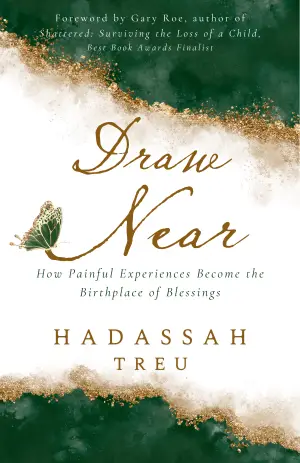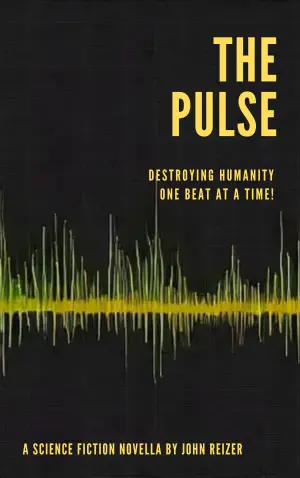Dancing Through Memory Lane: A Journey with Dirty Dancing
Ah, Dirty Dancing. For many of us, this isn’t just a movie; it’s a cherished memory that evokes the smells of summer, the thrill of first love, and the electric feeling of freedom. I remember vividly the first time I saw it—nestled on the couch, popcorn in hand, utterly captivated by the dynamic performances of Jennifer Grey and the late, great Patrick Swayze. Their chemistry lit up the screen, and even now, decades later, it pulls at the heartstrings in a way only true classics can.
At its core, Dirty Dancing is a coming-of-age tale that revolves around Frances “Baby” Houseman (played brilliantly by Grey), who arrives at a family summer retreat filled with lofty expectations and the innocence of youth. It’s there that she meets Johnny Castle (Swayze), a rebellious dance instructor with a past, who introduces her to the world of dance and, in a way, herself. Their relationship is a powerful, yet tender romance that showcases the contrasting worlds they come from. The blend of class tensions and personal growth reveals to us the struggles of love, family, and societal expectations, beautifully encapsulated in an era marked by change and liberation.
Under the direction of Emile Ardolino, the film unfolds like a beautifully choreographed dance—a vibrant mix of passion, storytelling, and spectacular performances. The cinematography, paired with an unforgettable soundtrack featuring hits from the ‘60s and ‘80s, creates an atmosphere that’s both nostalgic and invigorating. Who doesn’t feel a little rush when the opening notes of “(I’ve Had) The Time of My Life” pour through the speakers?
The performances are nothing short of iconic. Swayze’s portrayal of Johnny, with his mix of charm and edge, remains as captivating as ever. Jennifer Grey’s transformation from a sheltered teen to a confident, empowered woman resonates deeply. Their banter, and particularly Johnny’s infamous line, “Nobody puts Baby in a corner,” has become a defining cultural moment that still echoes, symbolizing the fight against oppression and the longing for personal freedom.
Reflecting on the movie, it’s also important to acknowledge some of the more serious themes woven into the story—abortion, social class divisions, and the weight of family expectations that stand in the shadow of youthful passions. It’s a layered narrative that speaks to many personal experiences, making us reflect not just on love but on our own paths in the dance of life.
In conclusion, Dirty Dancing is more than just a feel-good film; it’s a timeless exploration of love, identity, and self-discovery. Whether you’re a newcomer or a devoted fan revisiting old memories, this movie offers a spare yet rich emotional experience that invites introspection and joy. So, who should watch it? Anyone who’s ever been in love, anyone who’s felt the weight of their family’s expectations, or anyone who simply enjoys a good dance scene. It’s a film that reminds us to embrace our inner passions and dance like no one is watching.
As I close my thoughts, I can’t help but smile. Watching Dirty Dancing remains as refreshing today as it was when it first graced our screens—proof that some stories are indeed ageless, and the rhythm of love never fades.
You can find Dirty Dancing here >>





